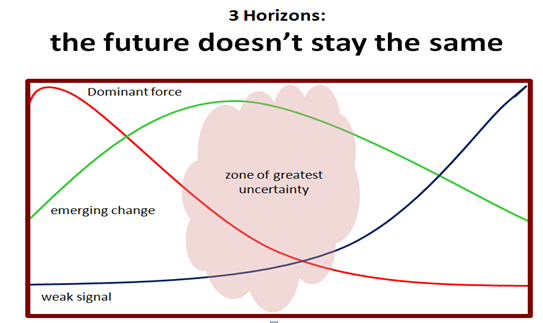Visualizing the innovating future through narrative reporting
The push for narrative reporting
How do we capture all the activities that have the potential to generate wealth within organizations? Most remain hidden as they lie within out knowledge-based capital. This the second part of two posts (part one here) discussing our need to capture and report on ALL our assets, both the tangible and intangibles.
Knowledge-based capital today is more important to understand in its make up than often the reported financial numbers. One generates the other and investors need to see what goes into an organizations knowledge capital to provide them with continued confidence or not.
Recently the OECD provided an extensive report on “Supporting Investment in Knowledge Capital, Growth and Innovation”
I spent a fair amount of my time this last Saturday working through this document from the OECD. No, it was not because I had nothing better to do, it was simply because it ‘points’ towards one area I totally believe needs resolving, capturing knowledge and where it resides and how it works.
Then we can begin to place increased focus upon improving the capabilities and capacities we all need for innovation to do its necessary work, that of regaining our growth and vitality in many markets. The problem is we often do not know which are the most valuable or critical to focus upon.








